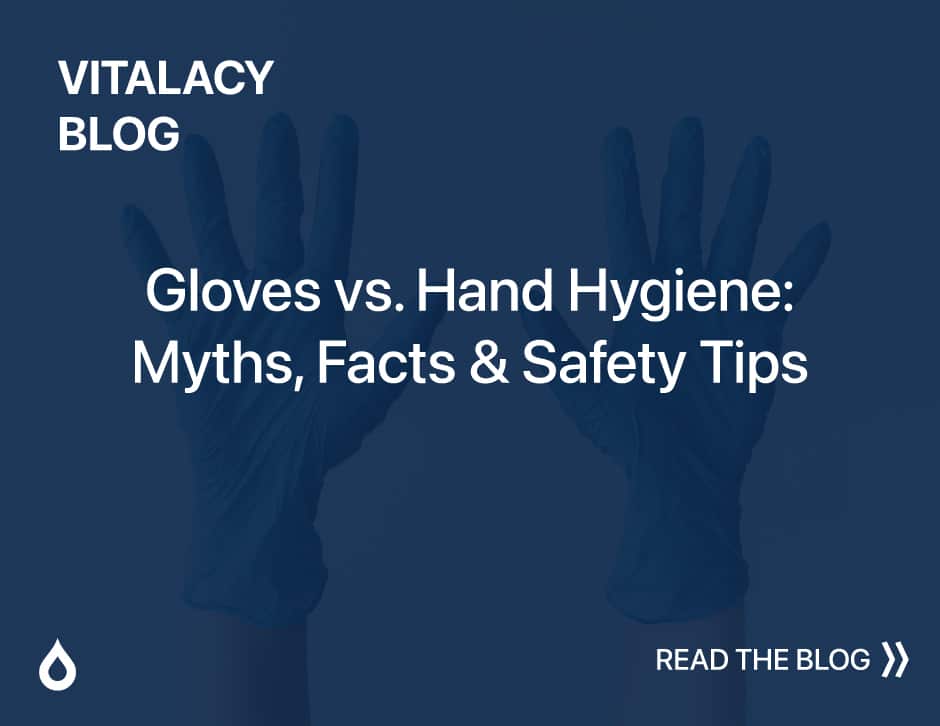
Providing patients with sufficient attention and compassion can be just as crucial to their overall outcomes as the clinical treatment they receive in-hospital. This can be achieved through the practice of purposeful nurse rounding, i.e., when ward nurses carry out regular checks on their patients at set intervals, using a standardized protocol.
Extensive research has shown that when nurses conduct purposeful, hourly ward rounds, patient satisfaction increases, call light usage decreases, and fewer patient falls occur. That’s good news for all; however, purposeful rounding is effective only if specific actions are always taken during each round. When these are followed, nurses are better able to proactively address the requests that usually prompt patients to use call lights, while managing their own time more effectively.
An Effective Hourly Rounding Protocol
The Studer Group’s intentional rounding (IR) protocol is widely accepted as one of the best ways to optimize the effectiveness of purposeful rounding. During each round—carried out hourly or every other hour—the following standardized protocol is used for each patient interaction:
- The nurse opens with a phrase that uses keywords designed to introduce him or herself and put the patient at ease.
- Scheduled tasks are then performed.
- Four key elements of the round—often called the ‘4 Ps’—are discussed:
- Positioning: making sure the patient is comfortable and assessing the risk of pressure sores
- Personal needs: assessing patients’ personal needs, including whether they need assistance getting to the toilet
- Pain: asking patients to rate their level of pain on a scale of 0 to 10
- Placement: ensuring all items a patient needs are within easy reach
- An assessment of the care environment, such as checking the room temperature or identifying any fall hazards
- The nurse ends the interaction with a closing phrase such as “Is there anything else I can do for you before I go?”
- The patient is informed of when the nurse will return.
- The nurse documents the round.
- If patients are unable to respond during the round, the nurse may follow this process with family members.
Hard-Wiring Purposeful Rounding Into Hospital Culture
While studies, such as Danaf et al’s paper published in the “Journal of Nursing Management”, have shown that purposeful rounding facilitates proactive satisfaction of patients’ needs, successful implementation of this approach can be challenging. To overcome this, a formal change-management strategy, involving both staff and hospital leaders, can prove fruitful, as demonstrated by research published in JBI Database of Systematic Reviews and Implementation Reports.
That study found that having a supportive infrastructure and an organized approach that includes all levels of staff is integral to the successful implementation of purposeful rounding. However, it also highlighted a key fact: hard-wiring new workflow practices into a hospital’s culture takes time. As such, staff should be given time to adjust to new changes and understand how best practice interventions affect patient outcomes and their own work efficiency.
Implementing a purposeful rounding protocol isn’t where the story ends. Once a hospital or health center has successfully adopted hourly or two-hourly nurse rounding, validation of the change is required. This can be achieved by assessing patient outcome data and also by surveying the very person the rounding strategy was developed to help: the patient. If patients report increased satisfaction with the care and attention they now receive from nurses, that’s a clear sign that purposeful rounding is indeed meeting the goal it was designed to achieve.
Lauretta Ihonor is a medical doctor and a freelance health journalist/writer. She is based in London, UK and specializes in writing about medical technology and general medicine. She has worked for CNN International, BBC and Sky News.
Request a demo of Vitalacy’s Automated Hand Hygiene Monitoring Solution today!
References
Mitchell MD, Lavenberg JG, Trotta R. Hourly Rounding to Improve Nursing Responsiveness: A Systematic Review. J Nurs Adm. 2014 Sep; 44(9): 462–472.
Sims S, Leamy M, Davies NI, et al. Realist synthesis of intentional rounding in hospital wards: exploring the evidence of what works, for whom, in what circumstances and why. BMJ Qual Saf. 2018 Sep; 27(9): 743–757.
AI Danaf J, Chang BH, Shaear M, et al. Surfacing and addressing hospitalized patients’ needs: Proactive nurse rounding as a tool. J Nurs Manag. 2017 Dec 15. doi: 10.1111/jonm.12580. [Epub ahead of print]
Daniels JF. Purposeful and timely nursing rounds: a best practice implementation project. JBI Database System Rev Implement Rep. 2016 Jan; 14(1):248-67.
Author
-

Vitalacy is committed to reducing patient harm in healthcare through better hand hygiene and patient safety solutions. Bluetooth-enabled smart sensors and wearables help improve outcomes and Leapfrog Hospital Safety Grades.
View all posts




